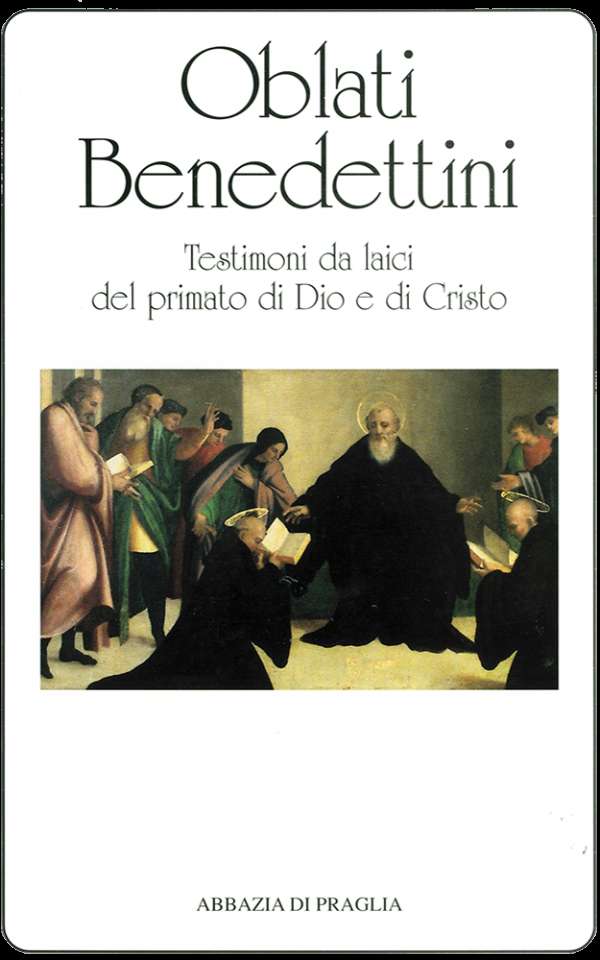

The cover of the volume
Photo: Praglia Abbey
PADUA , December 06, 2022 / 6:00 PM (ACI Press).-
St. Benedict in founding the monastery wanted to embrace the world. And this is the most authentic meaning of the text on Benedictine oblates, published by the Praglia Abbey.
Love of prayer, work and study are an integral part of the life of the layman who lives the spirituality of the in his own environment Great of Norcia.
In the presentation the Abbot, Father Bruno Marin, observes that “lmonastic oblation, starting from the Second Vatican Council, and in particular from the Synod of Bishops on the laity and the consequent ap. “Christifideles laici”, has known an uninterrupted “crescendo” of interest on the part of both the oblates themselves and the abbots and monks; and this both in Italy and abroad” (p. V.).
The specific purpose of the call is not so much to live in a monastery, but to carry that word beyond, to make the Benedictine sap bear fruit in society.
Historically, while the founder himself was alive, many lay people went up to Montecassino asking for advice and direction for that daily life which involves the fullest affirmation of the baptismal vocation, and this is precisely the most intimate meaning of the oblation: to live with Christ and for Christ following Saint Benedict and his religious family.
A spiritual donation that becomes close to the life of the monks is part of that journey that begins in the heart to reach the world.
In the text, edited by Sofia and Giovanni Dardanello, the many examples and ways in which to participate in Benedictine life stand out, to become light and salt of the earth.
Monsignor Mariano Magrassi in the preface observes how the oblation ” it is an extraordinary act that gives unity to all of life. Each one becomes, in imitation of Christ, altar, victim and priest by virtue of baptism” (p. VIII).
This is the fullest sense of the choice of many men and women who share the same path.
In the text, edited in every part and enriched by various contributions, all aspects of the layman’s life are highlighted in depth: from work to apostolic commitment to end up with illness, as a moment that affects existence. An itinerary of formation and spirituality that enlightens making the oblate ever more aware of his role in the Church and in society.
I don’t run away but I walk in the world it is in fact the paragraph of a chapter of the work that indicates the love and care for creation and the activity of man which, in synergy, must marry the word of the gospel with the commitments of life, “a path, therefore, towards the world to live in and bring the leaven of Christ” (p.152).
This very interesting volume talks about this and much more, bringing the freshness of the Gospel and the Benedictine rule into everyday life to give meaning to that newspaper that dwells in the human heart.
Benedictine Oblates,
Witnesses as laymen of the primacy of God and of Christ,
Praglia Abbey, 1996, page 327, euro 23.00.

